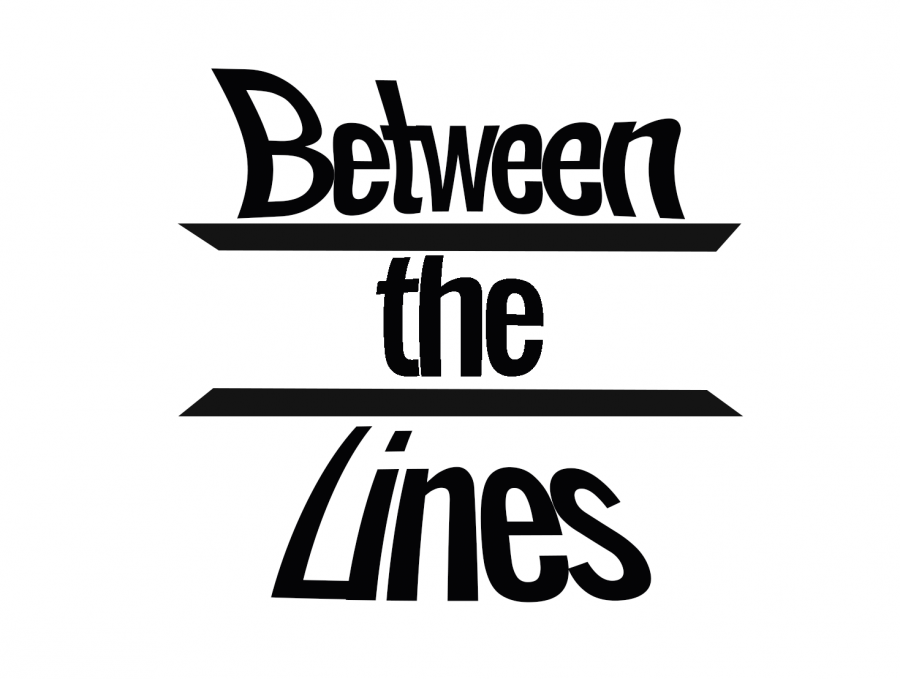Between the Lines: ‘We Should All Be Feminists’ by Chimamanda Ngozi Adichie
Illustration by Ethan Gullett
April 21, 2020
Chimamanda Ngozi Adichie’s manifesto, “We Should All Be Feminists,” struck such a chord that, in 2015, Sweden distributed a copy to every 16-year-old to facilitate feminist dialogue within the youth of the country.
Published and circulated among third- (or fourth-) wave feminism, “We Should All Be Feminists” supplies Adichie’s definition of a feminist as “a man or a woman who says, ‘Yes, there’s a problem with gender as it is today and we must fix it, we must do better.’”
Adichie asserts that, for us to achieve an equal world, “we must raise our daughters differently. We must also raise our sons differently.” In creating these differences, we will begin to raise them in a more equal light in hopes of growing a more ethically conscious population and closing the divide between genders. With this suggestion, she demonstrates that individuals can promote equality by changing the ways we raise our youth. By indicating our outdated teachings, she is placing the power of change in the hands of individuals rather than placing it in the hands of social systems, governments and demographic groups where change takes generations.
The transgender and queer communities are excluded from consideration. Adichie consistently uses gendered language without mention of transgender or queer existence. It reads like a standard piece of heteronormative education and damages the power Adichie could have brought to the feminist community.
This exclusivity makes the reader question who is included when the author writes, “We should all be feminists.” In this short work, Adichie undeniably positions herself as a trans-exclusionary radical feminist.
On the scale of moderate to radical feminist ideology, “We Should All Be Feminists” exists in the middle. Adichie’s tone floats between robotic political campaign spews from the likes of Elizabeth Warren and Hilary Clinton and the reformist voices of second-wave activists. In search of optimism, she provides a simple perspective to those who lack access to the female experience and empowers the individual by demonstrating effective ways of educating the youth in matters of equality. But, in search of a call to arms, her essay is deficient. It is a social criticism that doesn’t hold powerful figures and gendered systems accountable, which are to blame for the current torrent of sexism.











